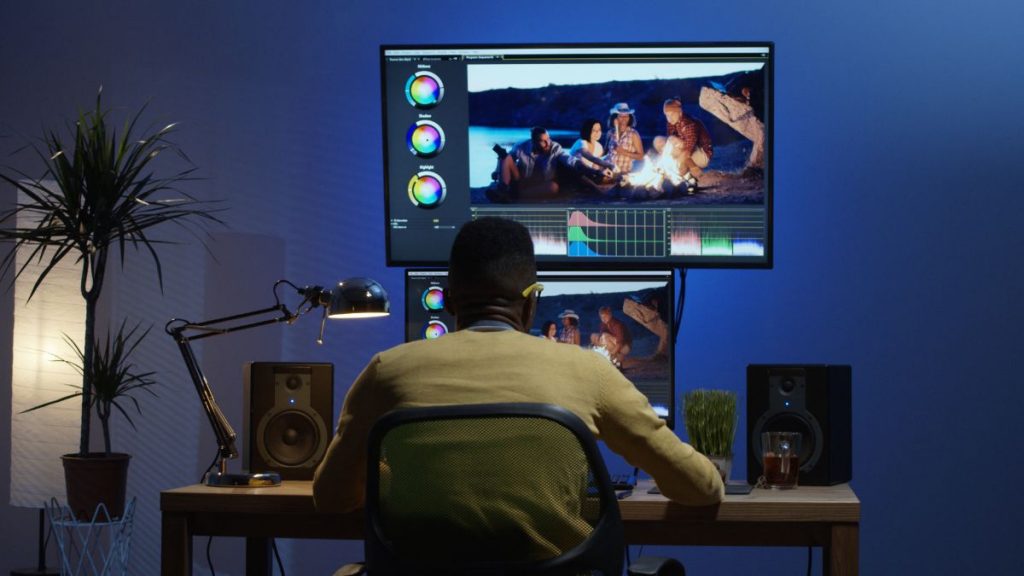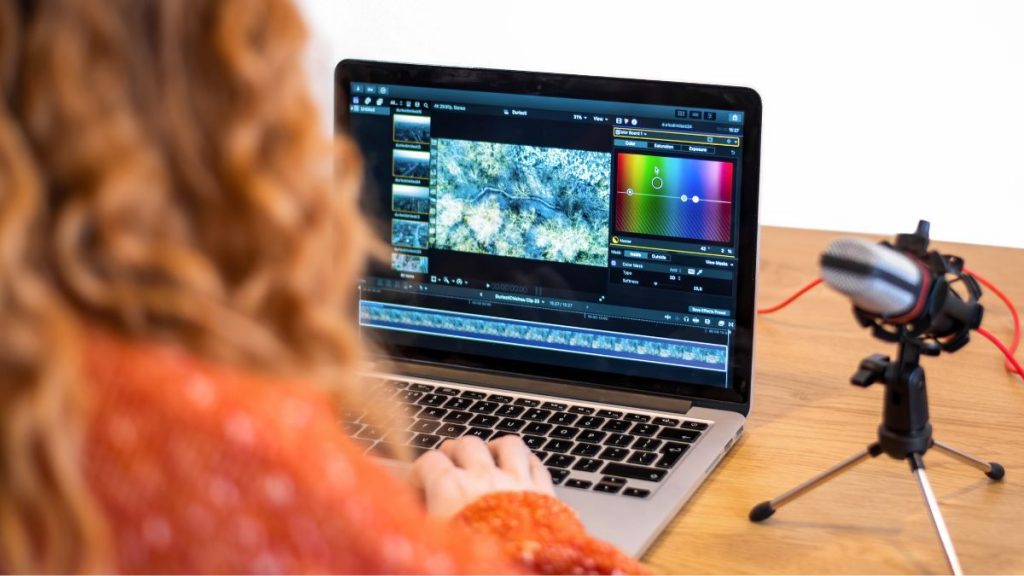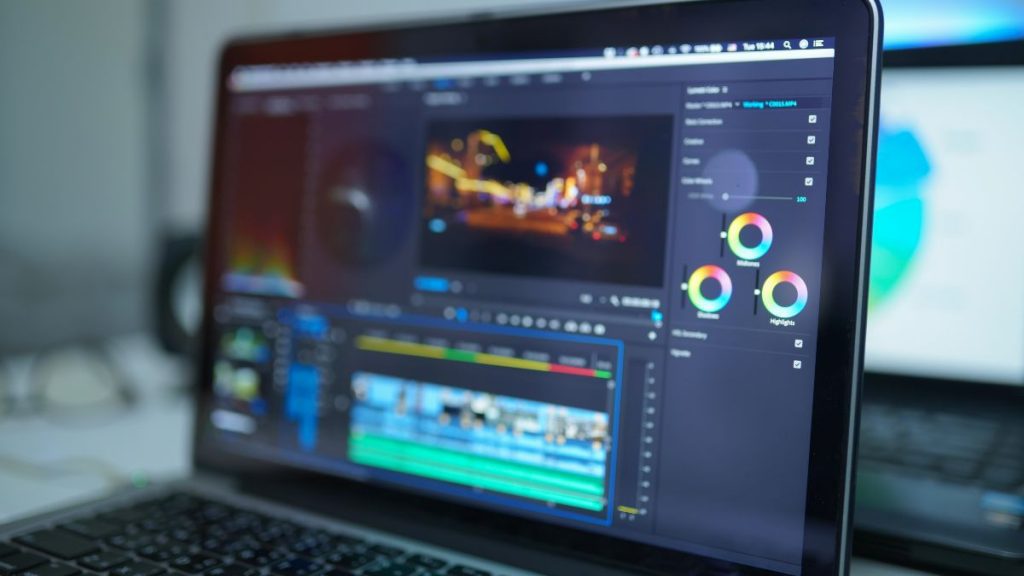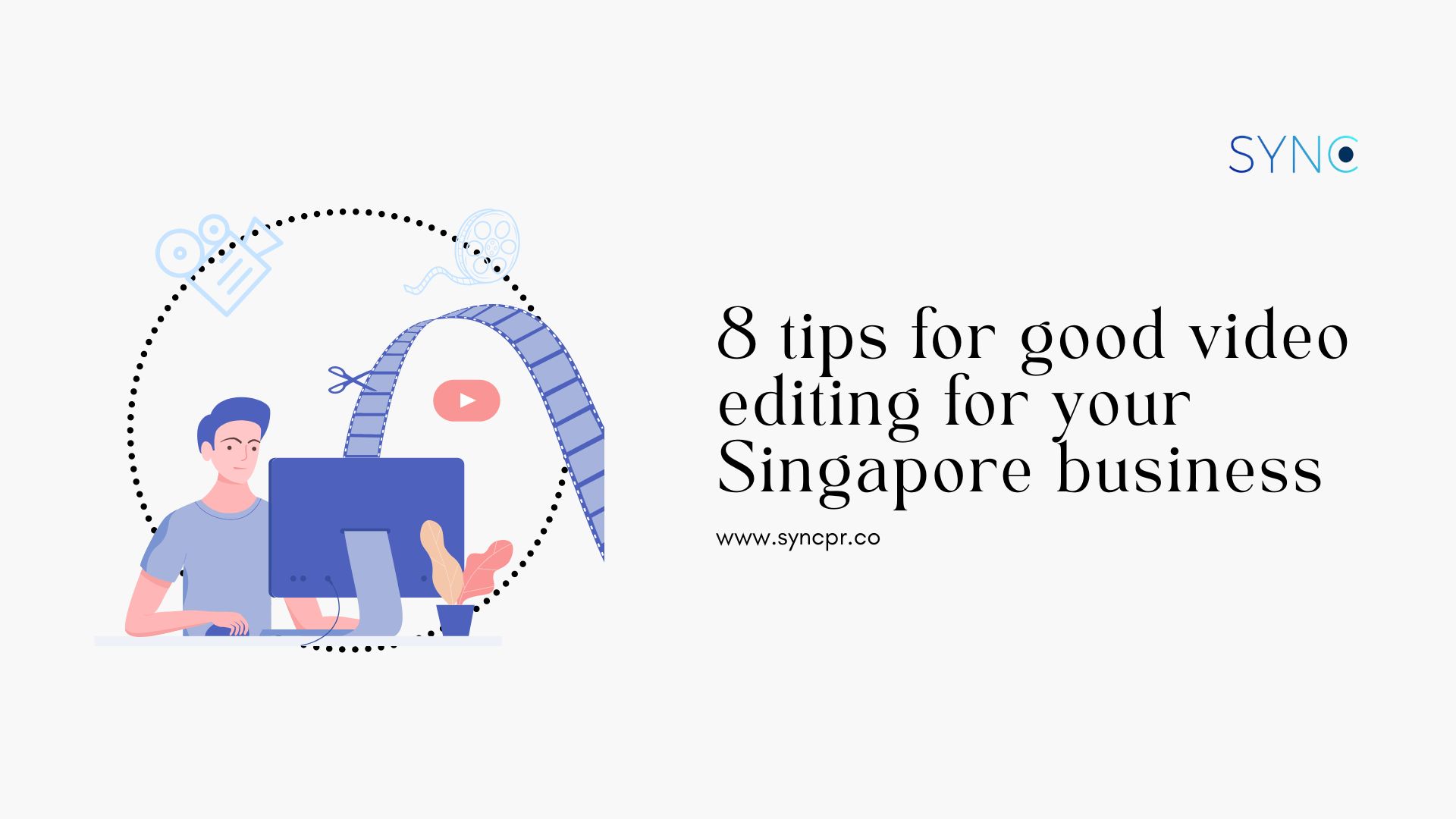So you’ve shot a YouTube or social media video for your business, and now it’s time for the second half of the battle: post-production. This step, like filming, necessitates a good mix of creativity and technical knowledge. And in this article, we hope to make the video editing process easier and more productive for you by providing a few helpful tips, techniques, and “life hacks” below.
The techniques used by video editors to shape the media with which they work reveal a great deal about how people create meaning in the world. Two different editors could create two completely different videos from the same raw footage. Therefore, it is important to understand what the process is like and have a clear idea of what outcome you want.
READ MORE: What is content marketing: here is a beginner’s guide to content marketing
A good video editor, on the other hand, should always be aware of how people think and feel and then use this knowledge to create compelling stories. While an editor’s preferred style may be influenced by the type of project at hand, there are some approaches that work well in any situation.
What is video editing?

Titling, colour correction, sound mixing, and other post-production tasks are commonly considered to be part of the post-production process. However, video editing means different things to different people.
Many people, especially in non-professional settings, use the term editing to describe all of their post-production work. It is entirely up to you whether you want to be picky about terminology. We are fairly liberal with our terminology in this tutorial, and we use the term editing to mean any of the following:
- Rearranging, adding, and/or removing video and/or audio clip sections
- Colour correction, filters, and other enhancements are used.
- Putting together transitions between clips.
There are numerous reasons to edit a video, and your editing strategy will be determined by the desired outcome.
So, let’s jump straight into our tips on good video editing for your video for your business.
Watch all your footage at least once
Before you begin editing, you should go over all of your footage. Watch every second, even if you think you’re not going to use it because you might find something really good in there. We also do this to get a feel for all of our footage before we start putting it together. Be prepared to spend some time, as even a short 2-3 minute video requires a lot of footage, sometimes over an hour.
Make a note of the time code for the sections of the clip that you like best. You can write it on a sticky note or type it into a document, and then make a note of what you want to use it for, whether B-roll or A-roll or include it in a montage. This will help you find and select the clips you want to use for your video much easier when start editing the final cut.
Choose the right video editing software
As a video editor, one of the first steps you should take in your video editing process is to select the appropriate software for you and your work. They usually include everything you need to make standard video edits, but you may prefer one over another due to its usability, digital interface, and features. The key here is to select what works best for you and your editing style rather than the most advanced video editing programme available.
There are so many, like After Effects, Premiere Pro, Avid Media Composer, Final Cut Pro, and DaVinci Resolve, which has a free and comprehensive Lite version, among the top choices. If you’re looking for less popular but equally capable alternatives, consider Lightworks, Autodesk Smoke, and Sony Vegas.
Always remember you’re telling a story
One of the most important things to remember from this article is to keep your creative goal in mind: to tell a great story. Beyond the basics of removing unnecessary footage and rearranging your clips, use this opportunity to make your film aesthetically pleasing and dramatically compelling in order to elicit the appropriate emotions and effectively convey your intended message. Instead of just adding a bunch of effects to impress your viewers, use your practical and technical knowledge to accomplish this.
You can simply stick to the storyboard that was used during filming, but there may be times when the director—or you if you have the freedom to call the shots—will decide to make on-the-fly changes to the predetermined flow, scene transitions, effects, and other editing elements for the sake of creativity.
Pick the right audio
Consider how you want to use sounds, or specifically music, in your video before you begin editing it. Music can be either subtle or integral to the video. If music drives the edit, such as in a promotional video, select the music track before you begin editing the video and ensure that it syncs with the video’s pace. You should consider the audio score structure here – for example, if your video starts slowly with a nice time-lapse shot but then picks up in the middle, you should find a music track that does the same.
If the music serves no purpose other than to enhance the atmosphere of the video, include it as the final step in the process. The most important thing to remember while looking for music is that it should match the mood of your video, so you’re not just including it randomly at the end.
Don’t forget to use tight cuts for your video
A video editor who knows how to make tight cuts will benefit any video with a lot of talking. Cutting scenes tight entails removing unnecessary pauses, using timely cutaways to close gaps between dialogue, or even removing entire lines of dialogue. Most projects will also have an estimated running time that must be considered, and making efficient cuts that can compress time will save you from having to go back and re-work scenes if the edit becomes too long.
Use B-roll, it really helps

The A-roll is the primary audio and video in the footage and is where the majority of the storytelling takes place. It includes dialogues, interviews, and scenes that advance the plot.
B-rolls, on the other hand, are supplemental clips that come after the main footage or A-roll. It’s used to cut to a clip that shows what you’re talking about rather than the video always showing your talking head in the frame.
In an explainer video, for example, A-rolls would be shots of the speaker and their dialogues, while B-rolls would be shots of the concept they’re explaining. B-roll can also be footage of Singapore, if your video has a section on the country and is giving the background, why not use stock footage of the country?
Understand and maintain pacing for your video
Video editors create a flow or tempo for their projects based on the timing of their cuts. Editors must set the pace of their cuts for a given scene or section so that it matches the desired tone and energy they want to establish, similar to how a song progresses from beginning to end with a rhythm that drives it forward through the various musical sections. If an edit is too quick, the audience may not have enough time to absorb and process important story information. In contrast, if an edit is too slow, the audience will quickly become bored — an increasingly important consideration for web video editors.
Even if all you’re editing is a simple interview or talking head sort of video or switching between multiple camera angles make sure to use the B-roll footage to cover sections of talk that can make the video. This makes the final product more dynamic and interesting by breaking up the monotony.
READ MORE: 3 ways that influencer marketing proves to be an essential strategy
Use text in your video editing
Text in videos is an excellent way to highlight the main points of your video, particularly if it is a tutorial or explainer video. So, as you’re writing the script, highlight some of the words and phrases that you believe can be used as captions or highlighted text in the video to reinforce your point.
So it is quite simple to use once you remember that subtitles, including people’s designations and names, as well as including keywords for emphasis, are commonplace.

If you are using video for your business or thinking about filming some promotional or corporate videos for your Singapore business, this article will be a really good starting point to make sure you maximise your footage. If you have any questions or want to find out how we can help, drop us a message at hello(@)syncpr.co and we’ll get in touch with you.

